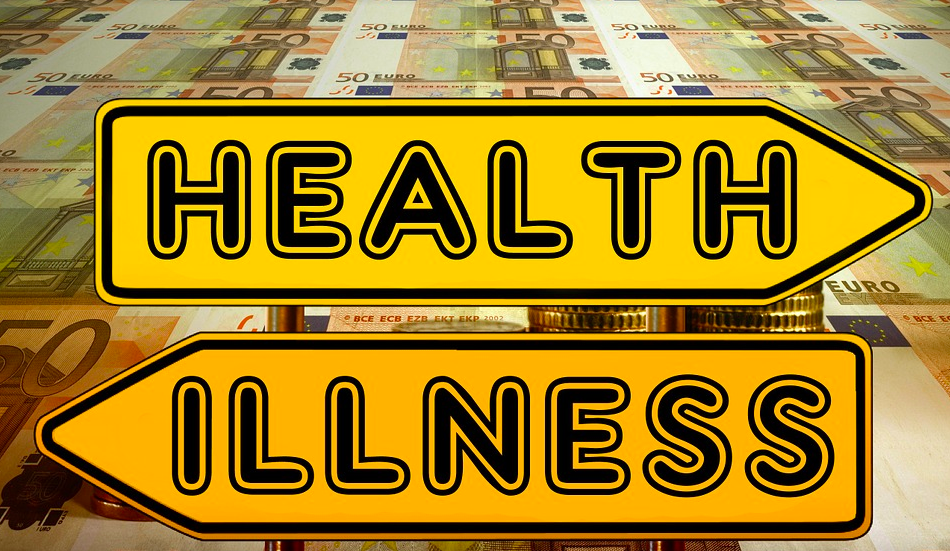Open enrollment for the Health Insurance Marketplace ends January 31 for 2016 coverage. A growing number of people shop for their health insurance coverage during the last months of the year using the Health Insurance Marketplace or a state-based insurance exchange. Unfortunately, many of the people who are eligible for financial assistance through the Affordable Care Act are not aware of open enrollment dates.
Misinformation has led some people to believe coverage is not affordable. A report from Health and Humans Services (HHS) detailing affordability and plan choice in the Health Insurance Marketplace paints a different picture. The report states that with applicable tax credits, more than 7 in 10 current Marketplace enrollees could find plans for $75 a month or less, and almost 8 in 10 could find plans for $100 a month or less. Consumers who return to the Marketplace to comparison shop could also save money. According to the report, more than 8 in 10 returning Marketplace consumers could save an average of about $50 per month and $610 annually before tax credits for the same level of coverage.
As families begin to receive their 2015 W-2 forms thoughts turn to filing taxes and the ACA individual responsibility payment (aka penalty). The penalty for deciding to go without health insurance is increasing significantly for 2016. For tax year 2016, the penalty will rise to 2.5% of your income, or $695 per adult and $347.50 per child, whichever is greater. The family maximum is $2,085. Amounts for the 2015 tax year are $325 per adult, $162.50 per child under 18 and a maximum of $975.
Consumers who do not have health insurance and those who purchased coverage through the Marketplace or their state exchange, need to understand how they may be impacted. If you were not covered during 2015 for more than three months, you may have to pay a penalty. However, there are several exemptions to the penalty. Discussing exemptions with your tax preparer or a trained Assister will be in your best interest.
People who received tax credits to help pay for coverage during 2015 will need a form 1095 A, which is provided by the Marketplace/exchange to reconcile the amount of tax credit they received. The 1095 A is required to fill out a specific IRS form. If 2015 income was greater than estimated when the consumer applied for coverage, the excess amount needs to be returned. If income was underestimated, additional tax credit may be allowed. It is critical that consumers who qualify and receive premium tax credits make adjustments to their annual income estimate during the year if their income goes up or down.
Fortunately, in all 50 states free assistance to navigate signing-up and understanding the implications of taxes and coverage is available. To locate assistance, go to Healthcare.gov or your state exchange and look for “find local help”. Any Federally Qualified Community Health Center will also offer assistance or refer you to a trained Navigator or Assister. In addition to Assisters, who work with local nonprofit organizations, many insurance brokers are also familiar with the Health Insurance Marketplace and can help with enrollment. If someone prefers to do it themselves they can also go to www.healthcare.gov or call 1-800-318-2596 (TTY: 1-855-889-4325) 24 hours a day, seven days a week. Thirty-eight states use this platform and if you are in a state that use their own exchange, you will be redirected.
It costs nothing to explore your options — you may find coverage is more affordable than you thought.
Allen Gjersvig is Director of Navigator and Enrollment Services with the Arizona Alliance for Community Health Centers. He coordinates Arizona’s largest Marketplace and Medicaid in-person assistance program.
###
The following link will provide more information about exemptions https://www.healthcare.gov/health-coverage-exemptions/exemptions-from-the-fee
For more information: Act Now





